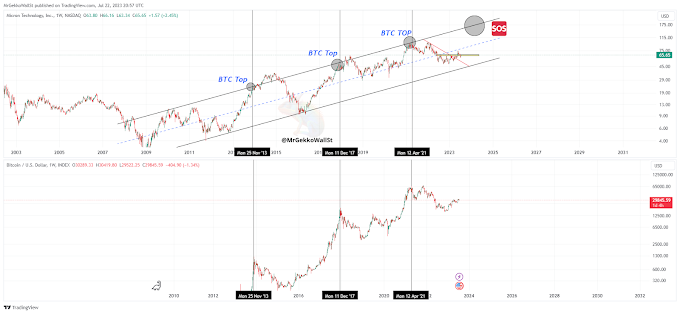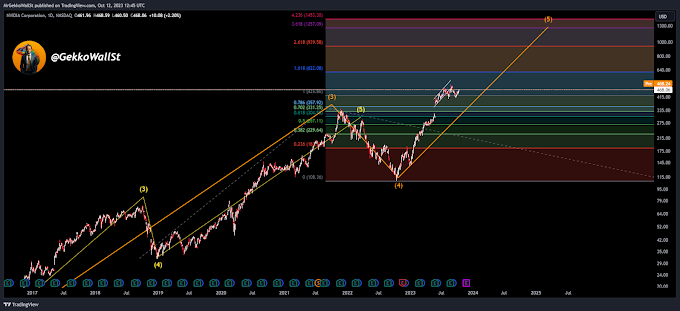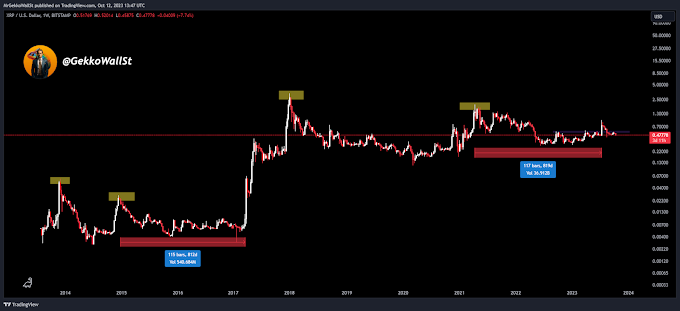The future potential of cryptocurrencies is extensive and continues to evolve as new technologies, regulations, and adoption unfold. Some areas of potential include:
1. Mass Adoption: As more individuals, businesses, and financial institutions understand and embrace cryptocurrencies, they might become a common part of the global financial system. This could lead to increased acceptance and integration of cryptocurrencies in day-to-day financial transactions.
2. Technological Innovation: The blockchain technology that underpins most cryptocurrencies has applications beyond finance. It can be used to track supply chains, manage medical records, authenticate identities, and more. This could lead to a range of innovations in different sectors.
3. New Business Models: Cryptocurrencies enable the creation of new decentralized business models, such as Decentralized Finance (DeFi) and Decentralized Autonomous Organizations (DAOs). These models could offer greater efficiency and transparency compared to traditional structures.
4. Remittances and Financial Inclusion: Cryptocurrencies can play a significant role in facilitating international remittances, allowing people in underbanked regions or with underdeveloped financial systems to access financial services.
5. Central Bank Digital Currencies (CBDCs): Some governments are exploring the creation of their own central bank-issued cryptocurrencies. This could provide a digital form of fiat currency, enhancing transaction efficiency and regulatory oversight.
6. Regulatory Challenges: As cryptocurrencies gain more attention, governments worldwide are developing regulations to address issues such as money laundering, tax evasion, and consumer protection. As regulation evolves, it can impact the use and adoption of cryptocurrencies.
7. Volatility and Stability: Volatility has been a notable characteristic of cryptocurrencies so far. The pursuit of stability is an area that developers and economists are exploring, such as through stablecoins, which are cryptocurrencies pegged to more stable assets like fiat currencies.
8. Integration with Traditional Financial Systems: As cryptocurrencies gain acceptance, we'll witness greater integration between traditional financial systems and crypto-assets, such as the creation of financial products that combine traditional assets with cryptocurrencies.
It's important to remember that the cryptocurrency market is highly volatile and subject to rapid changes. The future potential of cryptocurrencies is exciting, but it also carries risks and uncertainties. Just like with any investment or emerging technology, conducting in-depth research and being aware of the risks before getting involved is essential.





